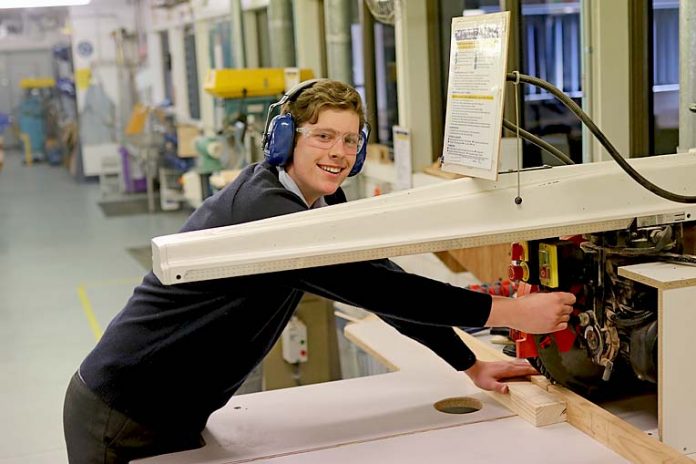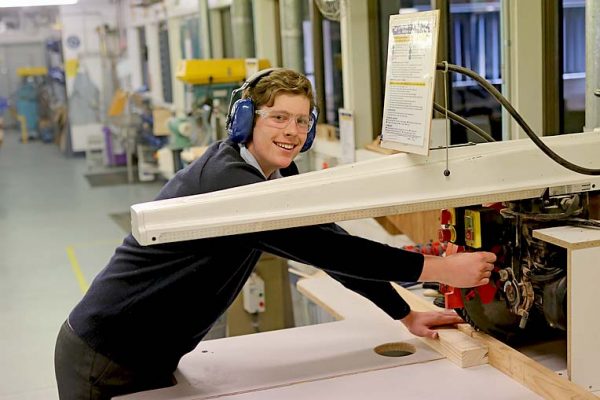

THE delivery of work experience for South East students is being transformed through a raft of alternative pathway programs aimed at giving teenagers greater industry exposure and improving career opportunities.
It follows reports students are not given enough industry insight under the current work experience system, which typically involves a week-long stint for Year 10 students at workplaces across the Limestone Coast.
Department of Education Limestone Coast pathways manager Emma Handford said she aimed to set up more pathway programs for students right through from Years 9 to 12.
“At the moment the current work experience system has stayed fairly stagnant through the past decade or so,” Department of Education Limestone Coast pathways manager Emma Handford said.
“At the moment kids can get to Year 10, complete their compulsory work experience and then do nothing else until after school.
“I think a range of industry immersion opportunity is missing for students and now is the time to change that.”
Ms Handford said work experience was important for students as it gives them an insight into the industry.
“We are looking at specific industry focus activities such as farm and forestry which will connect right through from Year 9 to Year 12,” she said.
“There are many South East opportunities which kids do not get the option of further investigating.
“These industry insights will lead into cadetships, apprenticeships, school-based and normal traineeships as well as university pathways.”
Currently 700 Year 10 students complete work experience in the region, as well as 100 to 200 Year 11 and 12 students, but more opportunities could be made according to Ms Handford.
Ms Handford said she is working with Industry SA to create a new modeled system which would see students trial four of five different career opportunities instead of one.
“We are moving on from when kids were exposed to lower level duties and maybe flipping it around and exposing them to more career-based exposure,” she said.
“We are thinking about not just including work experience but more so industry tours, workshop presentations, work-based projects and much more.
“I would also like to see an online platform where business can control their workplace opportunities and kids can apply to make it easier to manage.”
Ms Handford said businesses have told her it can be difficult to handle the current work experience system as multiple students are looking for placement at the one time.
“Sometimes this leads to kids choosing work experience which could be considered easy instead of things they would like to do because spaces are already full,” she said.
“This makes me think we could do it better.”
Ms Handford said she encourage businesses to take up industry opportunities and students wishing to pursue work experience.
“Would love to see more businesses become involved in the system because we can do this everywhere,” she said.
“Cadetships and Gap Year opportunities are starting to come up more often now and we want students to become award of those positions.
“Now is as good as time as any to work together and improve opportunities for our students.”
The State Government yesterday announced it would spend $1.4b over the next four years on school and vocational education training (VET) as part of its 2019 budget.
This will include an additional $26.8m in TAFE SA funding, as well as $185.3m of capital upgrades across the state to facilitate the transition of Year 7 into high school by 2022.







